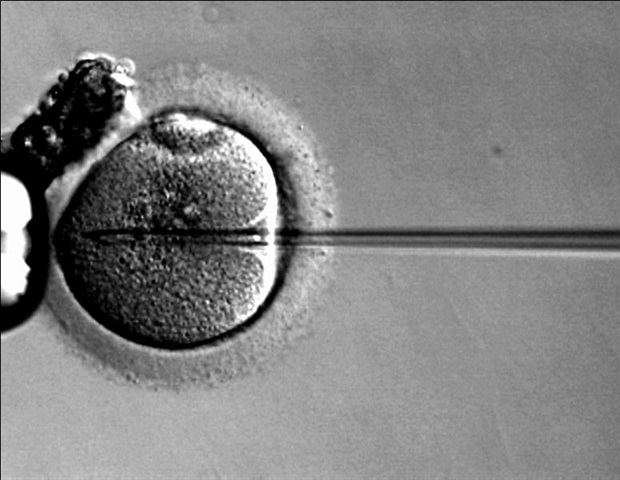A new study co-led by investigators from Mass Eye and Ear, a member of Mass General Brigham, demonstrated the effectiveness of a gene therapy towards restoring hearing function for children suffering from hereditary deafness. In a trial of six children taking place at the Eye & ENT Hospital of Fudan University in Shanghai, China, the researchers found the novel gene therapy to be an effective treatment for patients with a specific form of autosomal recessive deafness caused by mutations of the OTOF (otoferlin) gene, called DFNB9. With its first patient treated in December 2022, this research represents the first human clinical trial to administer gene therapy for treating this condition, with the most patients treated and longest follow-up to date. Their results are published January 24th in The Lancet.
If children are unable to hear, their brains can develop abnormally without intervention. The results from this study are truly remarkable. We saw the hearing ability of children improve dramatically week by week, as well as the regaining of their speech.”
Zheng-Yi Chen, DPhil, associate scientist in the Eaton-Peabody Laboratories at Mass Eye and Ear and associate professor of Otolaryngology–Head and Neck Surgery at Harvard Medical School
Hearing loss affects more than 1.5 billion people worldwide, with congenital deafness making up about 26 million of those individuals. For hearing loss in children, more than 60 percent stem from genetic reasons. DFNB9 for example, is a hereditary disease caused by mutations of the OTOF gene and a failure to produce a functioning otoferlin protein, which is necessary for the transmission of the sound signals from the ear to the brain. There are currently no FDA-approved drugs to help with hereditary deafness, which has opened the door for new solutions like gene therapies.
In order to test this novel treatment, six children with DFNB9 were observed over a 26-week period at the Eye & ENT Hospital of Fudan University. The Mass Eye and Ear collaborators utilized an adeno-associated virus (AAV) carrying a version of the human OTOF gene to carefully introduce the gene into the inner ears of the patients through a special surgical procedure. Differing doses of the single injection of the viral vector were used.
All six children in the study had total deafness, as indicated by an average auditory brainstem response (ABR) threshold of over 95 decibels. After 26 weeks, five children demonstrated hearing recovery, showing a 40-57 decibel reduction in ABR testing, dramatic improvements in speech perception and the restored ability to conduct normal conversation. Overall, no dose-limiting toxicity was observed. While following up on the patients, 48 adverse events were observed, with a significant majority (96%) being low grade, and the rest being transitory with no long-term impact.
Trial findings will also be presented February 3rd at the Association for Research in Otolaryngology Annual Meeting.
This study provides evidence towards the safety and effectiveness of gene therapies in treating DFNB9, as well as their potential for other forms of genetic hearing loss. Moreover, the results contribute to an understanding of the safety of AAV insertion into the human inner ear. In regard to the usage of AAVs, the success of a dual-AAV vector carrying two pieces of the OTOF gene is notable. Typically, AAVs have a gene size limit, and so for a gene like OTOF that exceeds that limit, the achievement with a dual viral vector opens the door for AAV’s use with other large genes that are typically too big for the vector.
“We are the first to initiate the clinical trial of OTOF gene therapy. It is thrilling that our team translated the work from basic research in animal model of DFNB9 to hearing restoration in children with DFNB9,” said lead study author Yilai Shu, MD, of the Eye & ENT Hospital of Fudan University at Fudan University. Shu previously served as a postdoctoral fellow in Chen’s lab at Mass Eye and Ear. “I am truly excited about our future work on other forms of genetic hearing loss to bring treatments to more patients.”
The researchers plan to expand the trial to a larger sample size as well as track their outcomes over a longer timeline.
“Not since cochlear implants were invented 60 years ago, has there been an effective treatment for deafness,” said Chen. “This is a huge milestone that symbolizes a new era in the fight against all types of hearing loss.”
Source:
Journal reference:
Lv, J ., et al. (2024) AAV1-hOTOF gene therapy for autosomal recessive deafness 9: a single-arm trial. The Lancet. doi.org/10.1016/S0140-6736(23)02874-X.
